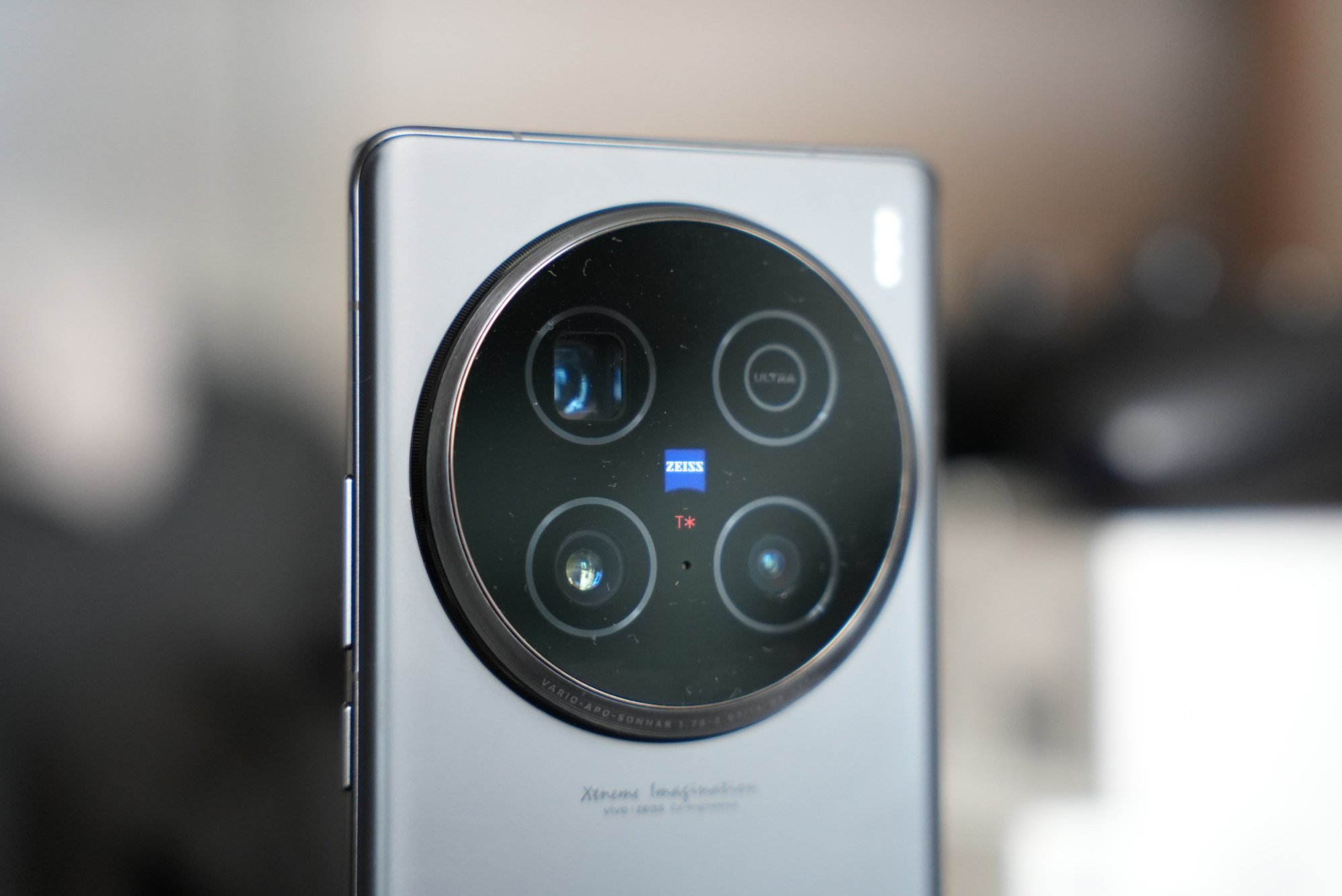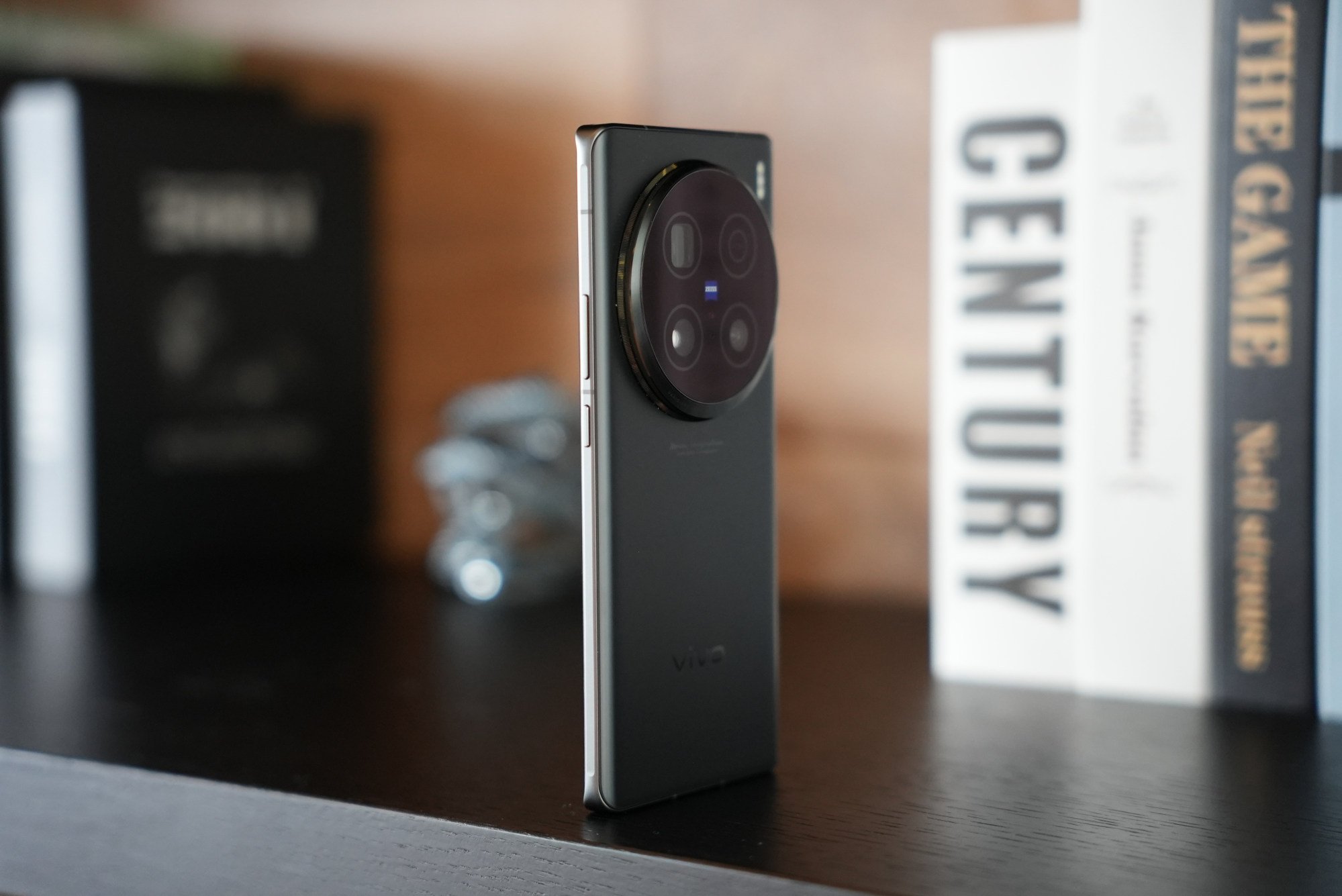
Review | Vivo X100 Ultra smartphone review: the best camera phone – amazing zoom lens, huge sensors
- The Vivo X100 Ultra Android smartphone is sleek and powerful and its camera system is so jaw-dropping, Apple and Samsung can hardly top it
Chinese smartphone brands have always aggressively chased gaudy numbers on spec sheets. Whether it is screen resolution, amount of RAM, number of cameras or megapixel count, you can always count on them to outdo Apple or Samsung.
These higher numbers are sometimes meaningless, however. No one really needs more than 16GB of RAM or 4K resolution on a phone. But the recent trend to go after larger camera sensors does indeed matter.
Vivo’s new premium flagship phone, the X100 Ultra, brings a 200-megapixel telephoto lens with the largest sensor yet seen in a zoom lens – 1¼ inches – and as a result it becomes the new zoom camera king.
Design and hardware

Other than its gigantic camera module housing the best camera sensors possible right now, the Vivo X100 Ultra is a pretty standard-looking Android phone. It’s got the usual curved OLED screen with 120Hz resolution and the usual aluminium frame.
If you’ve seen an Android flagship handset in the past few years you’ve seen this design. But the phone uses the highest tier components, from a Samsung E7 2K AMOLED display to an ultrasonic in-display fingerprint scanner sourced from Qualcomm.
The battery is a bit larger than usual, at 5,500 mAh, and the camera lenses have Zeiss’ T-Coating, which helps reduce flare.

Powering things is a Qualcomm Snapdragon 8 Gen 3 chip, paired with 12GB or 16GB of RAM. Again, powerful, but standard, stuff.
The star of the show is the camera system: in addition to the 200-megapixel zoom lens, which can achieve lossless 85mm photos, is a main camera using the latest 1-inch Sony LYT-900 sensor. Even the ultra-wide and selfie cameras – often neglected in other phones, making them weak links – boast 50-megapixel resolution.
On paper, this is the new best camera system on the market, besting the Xiaomi 14 Ultra by having larger image sensors and faster aperture speeds.

Software and features
The phone runs Android 14 with Vivo’s OriginOS software on top. OriginOS is a departure from most Android software and will take a little getting used to for some. Almost every aspect of the UI is customisable, from the shape of the app icons to the animations of the screen turning on.
Vivo has built a robust camera UI to match the impressive hardware, with an overwhelming selection of different modes in the camera app.
Confusingly, there’s a new “street photography mode” named “Humanistic Camera” that is activated within the camera app. It features a different interface, so it’s essentially a camera app within a camera app.
Honestly, this is going to be very confusing for casual users. But this phone isn’t for them.

Performance and battery life
The Vivo X100 Ultra’s camera system is jaw-droppingly good. The zoom lens, as teased already, is best in class; even digital zooms up to 235mm (10X zoom) look clean.
Compared to similar zoom images captured by the iPhone 15 Pro Max or Samsung Galaxy S24 Ultra, Vivo’s images are significantly sharper and less noisy – the result of having more pixels and a much larger sensor that takes in more light.
Zoom images also have more depth and dimension to them compared to the relatively flat images captured by the Samsung or iPhone handsets because of the larger sensor.
The main camera is built on top of a miniature gimbal that stabilises movement, so pan shots in videos are buttery smooth.
The Snapdragon 8 Gen 3 chip, along with the large battery, keep the phone running all day, and the Vivo X100 Ultra is the latest flagship handset to feature satellite connectivity for emergency use in remote areas with bad cellular reception.

Conclusion
The Chinese phone scene is so competitive that this title has been passed around a few times already in 2024, but the Vivo X100 Ultra is the new “best camera phone” around, and I would not bet on the next iPhone or Google Pixel handsets being able to top it for photography.
Overall, the X100 Ultra does not have flaws, but it does not necessarily stand out from the pack. The only area of improvement in mobile these days appears to be on the imaging front.
The X100 Ultra is selling only in China for now, with a retail price starting at 6,499 yuan (US$898).

